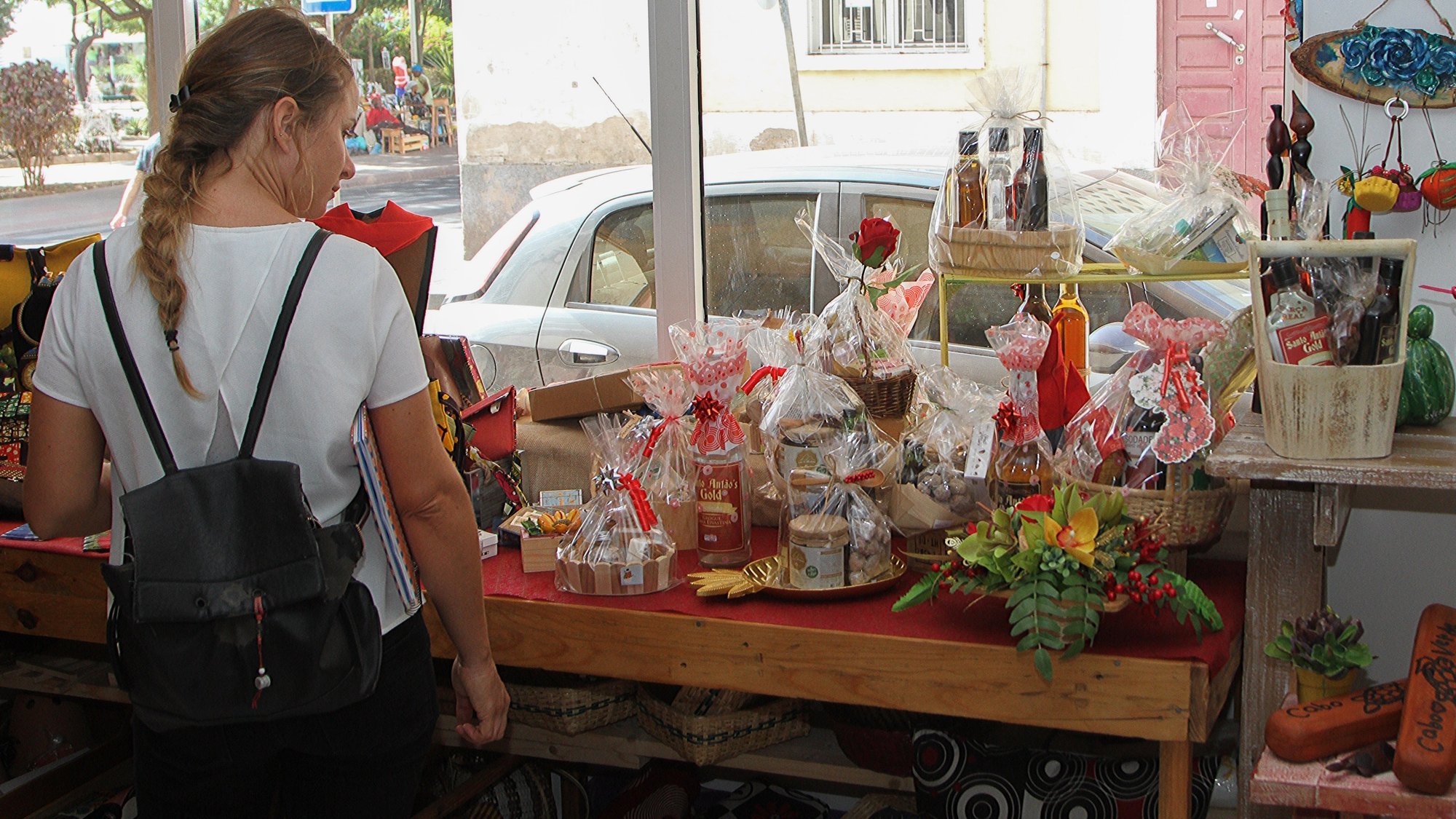The inflation rate in Cape Verde reached the highest value in almost 11 years in the first quarter of this year, due to the impact of the rise in international prices caused by the war in Ukraine, according to the Ministry of Finance.
According to data compiled this Friday by Lusa from a report on budget execution from January to March, inflation in Cape Verde “accelerated to its highest value since June 2011” at the end of the first quarter.
The annual average inflation was then 3.8%, compared to the rate of 0% in the same period of 2021, “fundamentally derived from the behavior of international prices of energy and food in the international market,” adds the report of the Ministry of Health. Finance.
The classes of goods that contributed the most to the rise in prices were food and non-alcoholic beverages (1.9 percentage points), transportation (0.9 points), clothing and footwear (0.4 points), accessories, household equipment and housing maintenance (0.4 points), energy (0.4 points) and alcoholic beverages and tobacco (0.2 points).
Cape Verde already had closed 2021 with an average annual inflation of 1.9%the highest value since 2013, then influenced by the increase in fuel prices on the international market, according to the Cape Verdean government.
The archipelago registered an accumulated annual variation in prices of 0.6% in 2020, after a rate of 1.9% in 2019 as a whole, according to previous data from the INE.
Prices in Cape Verde increased by 0.1% in April and accumulated a rise of 7.6% in the space of a year, according to data from the National Institute of Statistics (INE) on May 16.
According to the Consumer Price Index (CPI), prepared by the INE, this monthly variation is 1.1 percentage points below that registered in March.
“The interannual variation rate of the total CPI, in April 2022, was 7.6%, the same value as the previous month,” reads the INE report.
In the same period, the CPI also registered an average variation of 4.4% for the last 12 months, a value 0.6 percentage point higher than that registered in March.
The Cape Verdean government requested on April 5 the mobilization of international budget support in the face of the “disastrous scenario” in the public accounts caused by the war in Ukraine, estimating the impact to contain the rise in prices at 40 million euros, later revised to about 50 million euros.
“It is a disastrous scenario. It is an even dramatic scenario, but together we can solve it,” said the Deputy Prime Minister and Minister of Finance, Olavo Correia, when presenting the macroeconomic situation for 2022 to the diplomatic corps accredited in the country, after the consequences. of the war, namely the need for state intervention to stabilize energy and food prices.
Cape Verde does not have refining capacity and imports all the oil products it needs – around 80% of its electricity production is guaranteed by diesel or fuel oil plants – as well as 80% of two foodstuffs, due to the fact that the archipelago lives for more than three years.
EITHER diesel and gasoline in Cape Verde increased by almost 9% on May 1 and another 5% on June 1, a limit defined by the government, which at the end of March suspended the mechanism for setting maximum prices for consumers due to the escalation of fuel prices in the international market, a decision that also involved freezing the price of butane gas, as in April and May.
In the period of one year, until June, the price of fuels increased almost 55% in Cape Verde, according to the regulatory agency of the sector.
Electric rates, which are also conditioned by fuel prices, increased by an average of 30% last October.
Source: Observadora
